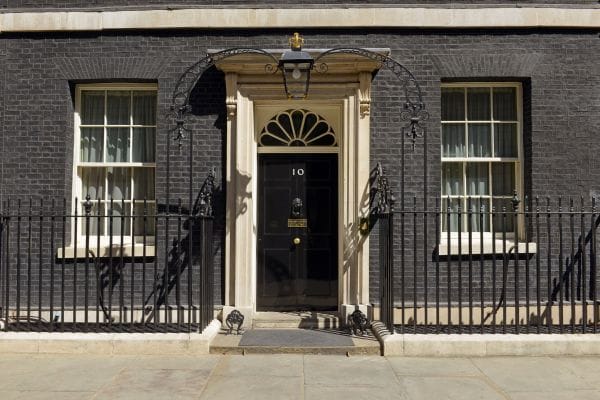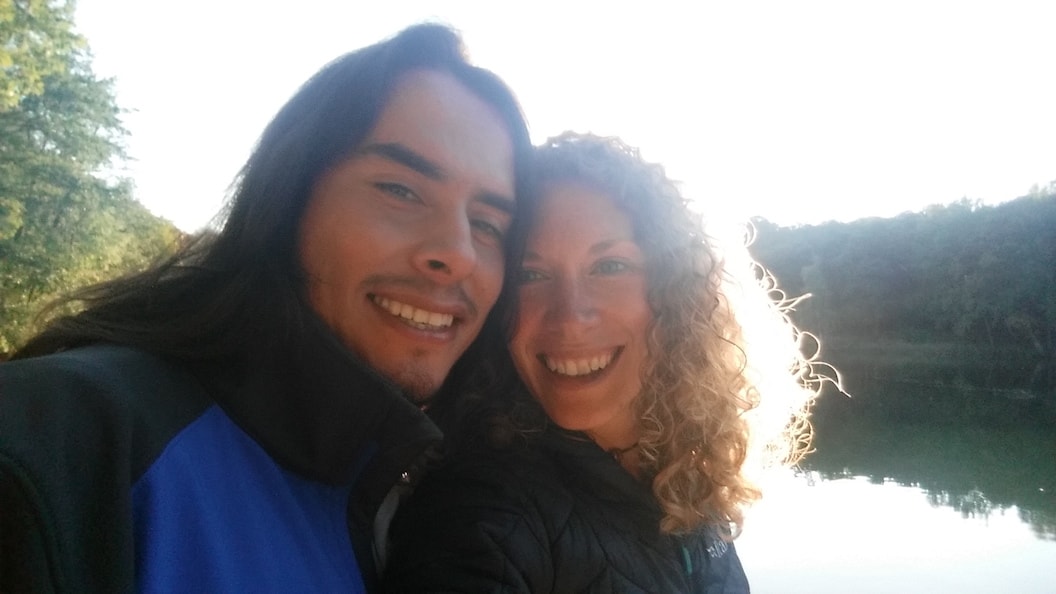The first 18 years of my life were spent living directly under the flight path of what was then known as Lulsgate Airport, now Bristol.
I was fortunate growing up and playing on Felton common with its flora, fauna and vistas stretching from the Severn estuary to the Mendips and Bristol. Despite parts of it being adjacent to an ‘A’ road, a quarry and a fast-growing airport, to me it was a magical place.
One of my first bouts of activism was campaigning against the second round of airport expansion in my mid-teens. My fondest memory from that time is recording and collating every dwelling within a mile of the perimeter fence with my late Dad, come rain or shine, data that was used as part of the protest.
Despite our efforts the expansion went ahead in 1988. According to airport figures, 100,000 passengers passed through the airport in 1988. Fast forward 30 years and 8,699,529 passengers were recorded in 2018 – a greater than 86-fold increase.
It shocked me, typing the numbers above, and I had to check the accuracy of my sum a few times. Perhaps that’s the reason why local decision-makers voted against this latest attempt at airport expansion, as they had started to realise that the airport has grown far beyond its original vision.
The climate emergency is a key factor here, and there are others, too, most immediately the infrastructure near Bristol airport, which is already groaning under pressure from travellers. The surrounding roads are all single track and, apart from the regular bus service from Bristol, there is a complete lack of public transport serving the airport. Local fields have disappeared under concrete as the need for car parking has sharply increased, and the nearby Chew Valley, a designated Area of Natural Beauty, is threatened.
In the past few years there has been growing awareness of the impact of flying. It is more frequently reported in the media, as well as now being part of the conversation about how we can lessen our carbon footprints. I consciously stopped flying in 2004. Me not flying is a drop in the ocean carbon-wise and yet that decision was radical enough to get me re-thinking the way I live.
It also starts conversations: when I ‘liked’ a friend’s Facebook photographs of her ski trip she immediately commented that she thought of me when she booked her flight because she admires me for not flying, but she was torn because she can’t resist the beauty of seeing the mountains. It sounds small but I was heartened that she actually considered her decision of whether or not to fly, and perhaps the day will come when she will take the ski train.
Opinion can often be split around whether individual change is a useful focus in times of climate emergency, or whether change is most needed at policy level. For me this isn’t either/or. It’s both/and. If we decrease demand by choosing not to fly, the case for expansion falls apart. Given the lack of leadership around tackling the climate emergency, acknowledging the extinction catastrophe, and the degradation of eco systems around the globe, we all need to start from where we are and act where and when we can.
Whatever happens, we need to change how we live, whether those changes are instigated by us as individuals or by the government. Thinking back to those childhood days playing on the common, and the play I still enjoy in forests and by the ocean, it’s about our living, breathing connection with the other-than-human and more-than-human world.
Perhaps that's not forefront in our minds when booking our flights to a sunny location. But the billions of other species on this precious earth deserve to thrive, to have a habitat, and we forget that at our peril.




